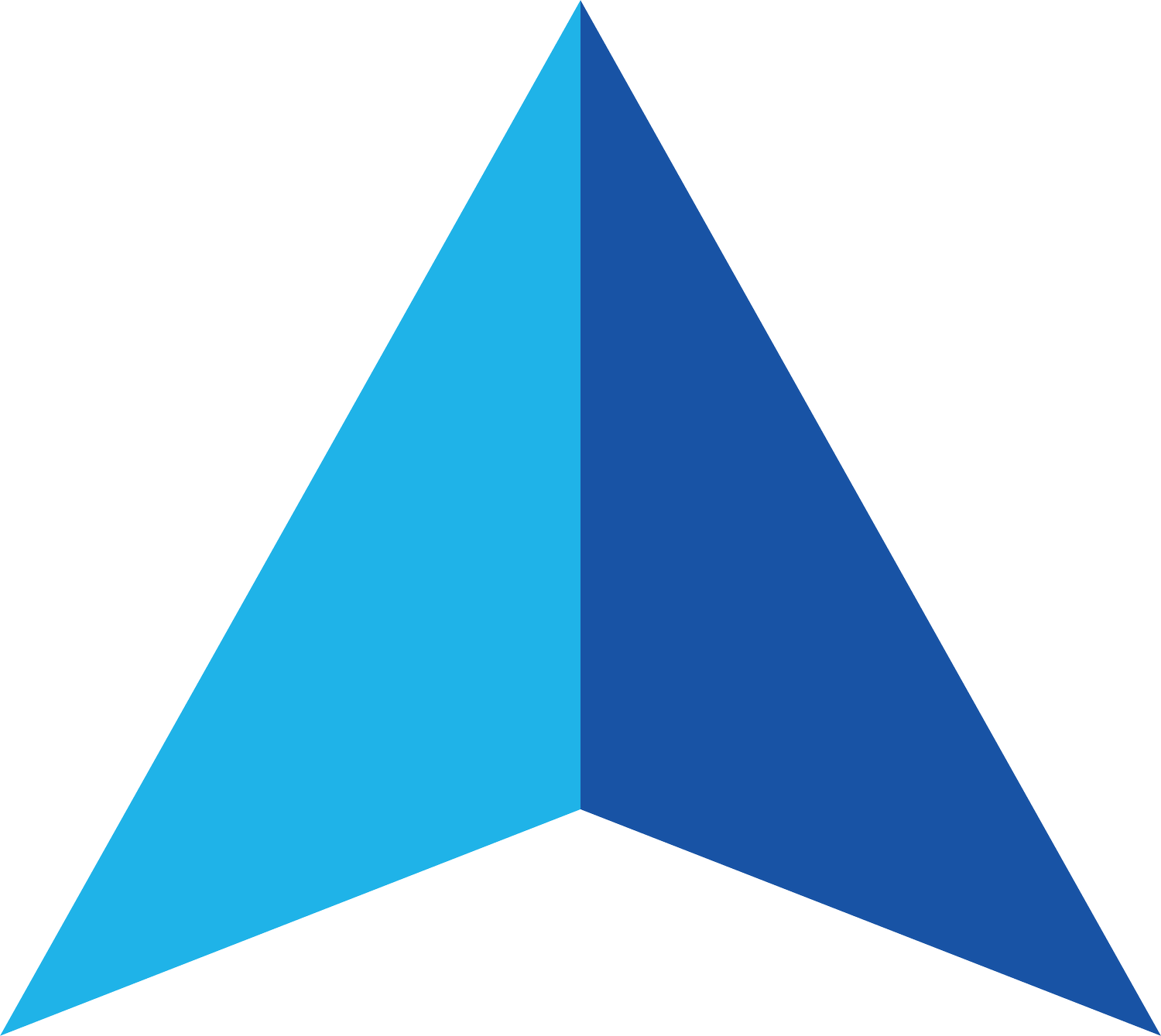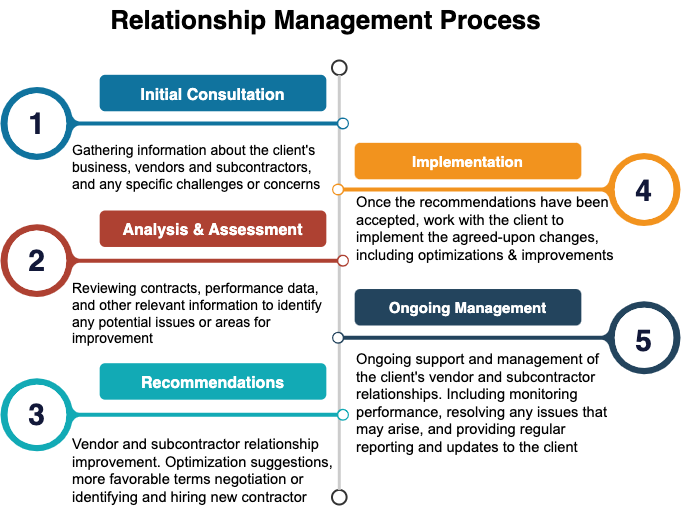Rapid Application Development (RAD)
Rapid application development (RAD) is a software development methodology that emphasizes rapid prototyping and rapid deployment of working software, with the goal of quickly delivering working software to users for testing and feedback.
RAD is often used when traditional, sequential development methodologies, such as the waterfall model, are not feasible or desirable, due to time constraints or changing requirements. In a RAD approach, a small, cross-functional team of developers works closely with users to rapidly prototype and develop working software, using iterative and incremental development techniques.
RAD typically involves a number of activities, such as:
Identifying and prioritizing user requirements
Developing rapid prototypes of the software
Conducting user testing and gathering feedback
Iteratively refining and enhancing the software based on user feedback
Rapidly deploying the final software to users for further testing and use.
Overall, the goal of RAD is to quickly deliver working software to users, and to continuously iterate and improve the software based on user feedback.
When To Choose Rapid Application Development (RAD)
It is particularly well-suited for projects with complex or rapidly changing requirements, as well as projects with a high degree of uncertainty or risk. Some common situations where RAD might be a good choice include:
Projects with tight deadlines or where time to market is critical
Projects with complex or rapidly changing requirements
Projects with a high degree of uncertainty or risk
Projects that require a high degree of collaboration and communication
Rapid Application Development (RAD) pros and cons
Pros:
RAD emphasizes rapid prototyping and iterative development, which can help to quickly identify and address problems and improve the overall quality of the software.
RAD encourages the active involvement of all stakeholders, which can help to ensure that the software meets the needs and expectations of the users.
RAD supports the use of automated testing and continuous integration, which can help to identify and fix bugs early on in the development process.
RAD allows for flexible planning, as it allows teams to adjust their priorities and plans based on changing circumstances or new information.
Cons:
RAD can be challenging to manage, as it involves coordinating the efforts of multiple teams and stakeholders.
RAD can be time-consuming, as it requires regular meetings and updates to the project plan.
RAD can be complex, especially for organizations with large and legacy systems, which can make it difficult to implement and maintain.
RAD can be difficult to implement in a traditional organizational structure, as it requires a high level of collaboration and flexibility.Rapid Application Development (RAD) pros and cons
People Also Viewed










